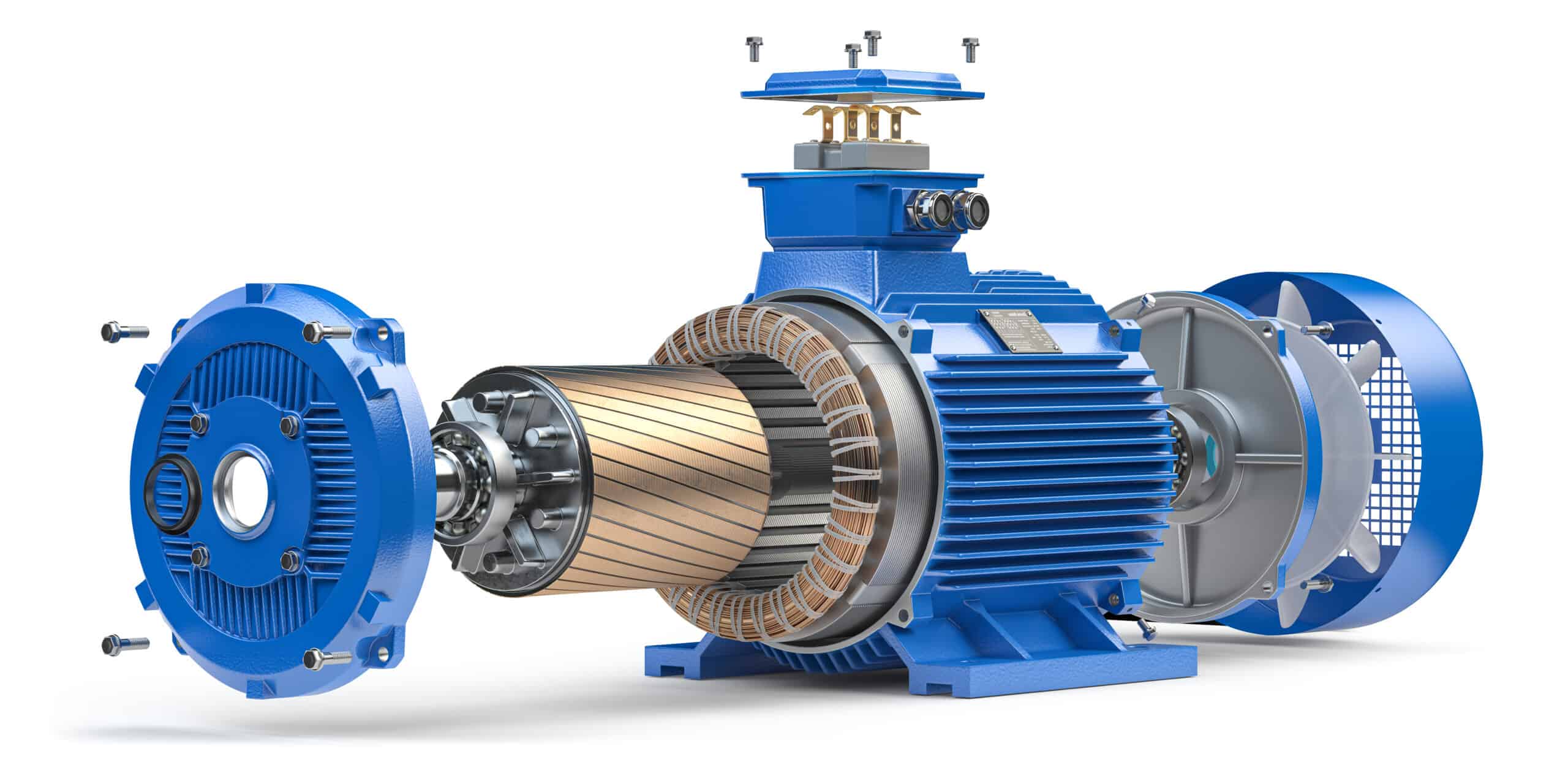The table below was produced and sent to me by a colleague at Ginger International Trade & Investments PTE., LTD in Singapore. It is based on that group’s more than 30 years of rare earth trading between China and the outside world. It is reproduced here with their permission.
I have very high confidence in the conclusions drawn in and from the chart.
Note well that this is a chart of Chinese “demand” for NdPr, the principal metals in rare earth permanent magnets and the source of almost all of the revenue from all of the rare earth enabled products. Today (2022), Chinese internal demand for Nd/Pr for domestic products is certainly more than 50%. But, the Chinese domestic market for rare earth permanent magnet enabled devices is already huge and growing. China likes to describe itself as a “developing country.” This is ridiculous and only a politically correct description for the purpose of giving the appearance of adhering to international treaties and organizations. The Chinese people are already at Purchasing Power Parity (PPP) with the USA, and their domestic industrial suppliers of consumer goods, such as BEVs, which can be very large users of rare earth permanent magnet motors, are far ahead of their foreign competitors. Just the 5 million EVs sold in the last three quarters of 2022 in China have probably consumed 12,500 mt of rare earths, as much as the entire USA, all of it imported from China as finished goods, used in 2022.
Look at the additional output estimated in the table to meet 2030 “Chinese” demand; it will require the equivalent output of 7, 2022, Lynases!
I am guessing, by the way, that the table uses only monazite feed stocks in the calculations, because monazite is the only widely used rare earth bearing mineral in which NdPr is, on average, 21%. Lynas’ Mt. Weld monazite is exceptionally rich in NdPr at 25% of the TREOs contained. The table predicts therefore that an additonal 250,000 mt/per year of monazite will have to be mined to reach the Chinese demand target.
China, for the last 5 years has been busily buying the bulk of the rest of the world’s annual output of monazite. Due to the content of thorium and uranium in monazite, there is today just one large scale capable processor in the Americas, Energy Fuels Inc. (NYSE American: UUUU | TSX: EFR). China is already far along in meeting the goals set in the table above.
The United States, Europe, and India are still in some kind of denial, and believe that, even if there is a supply problem, it is a financial one. But this is only part of the problem as the Chinese know. The real problem is the limit to the accessibility of rare earth reserves, globally, at economic prices. China seems to be ignoring the economic issue by trumping it with security of the supply of critical minerals.
When will the USA and Europe learn that lesson?
GINGER INTERNATIONAL TRADE & INVESTMENT PTE., LTD
| China NdPr Demand 2030 | ||
| Item | metric tons | Remarks |
| Forecast demand 2030 | 78,000 | acc. Huaron Research |
| Minus recycling raw material 25% | 58,500 | (78,000 t * 75%) |
| Recovery rate 62% | 94,355 | Average recovery rate of NdPr |
| NdPr as part of TREO 21% | 449,309 | total rare earth oxide output needed by 2030 |
| Output TREO 2022 | 300,000 | Unconfirmed number |
| Additional output needed | 149,309 | 2030 needed TREO minus 2022 TREO |
| Lynas output 2022 in t TREO | 21,850 | (NdPr 5,880 t, rest REO 15,970 t) |
| Additional Lynases needed | 7 |




Leave a Reply